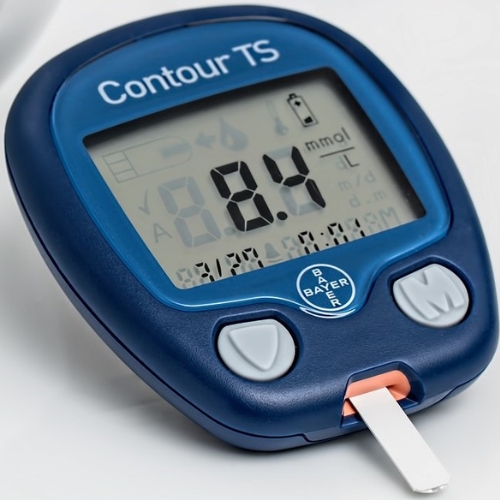Key points from article :
Researchers developed an implantable fuel cell that uses excess blood sugar from tissue to generate electrical energy.
Wrapped in a nonwoven fabric and coated with alginate, the fuel cell resembles a tea bag that can be implanted under the skin.
Alginate soaks up body fluid and allows glucose to pass from the tissue into the fuel cell within.
As soon as the fuel cell registers excess glucose, it starts to generate power.
Combined with artificial beta cells, it secretes insulin using electrical energy and effectively lower blood glucose levels.
Once blood sugar dips to a normal level, the production of electricity and insulin stops.
Electrical energy also enables the system to communicate with external devices such as a smartphone.
“The new system autonomously regulates insulin and blood glucose levels and could be used to treat diabetes in the future,” Martin Fussenegger, corresponding author.
It is only a prototype, but was successfully tested it in mice.
Research by ETH Zurich published in the journal Advanced Materials.







